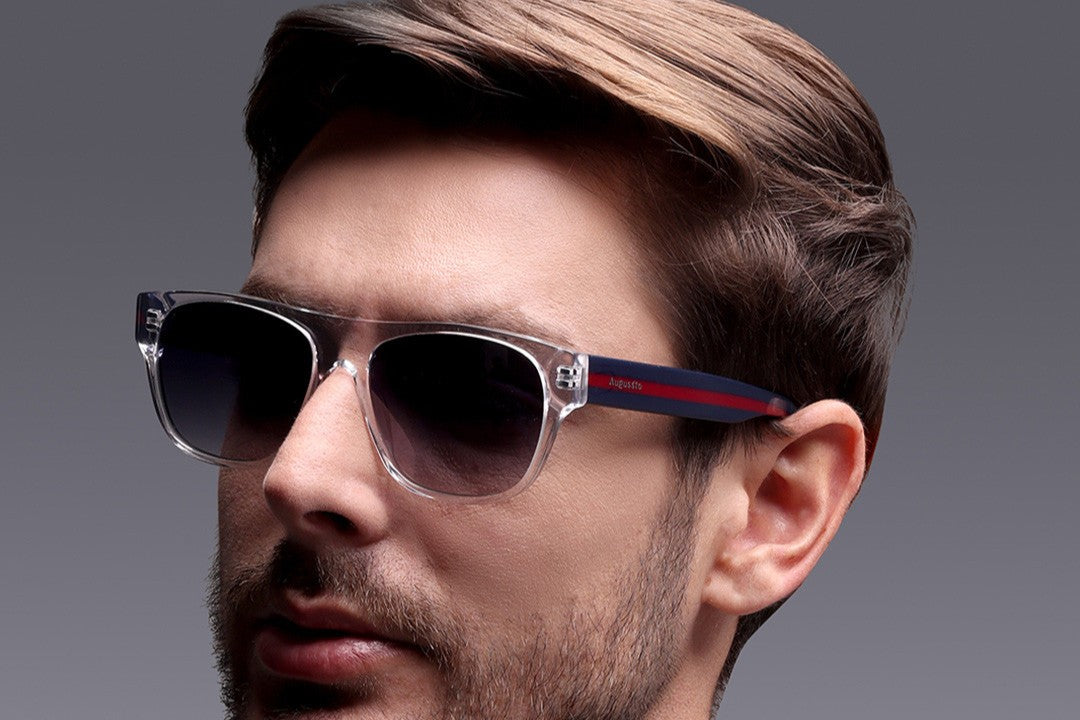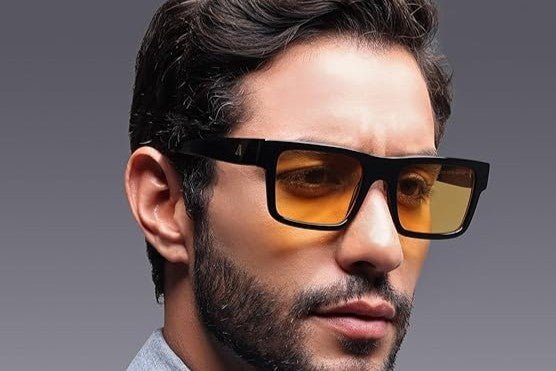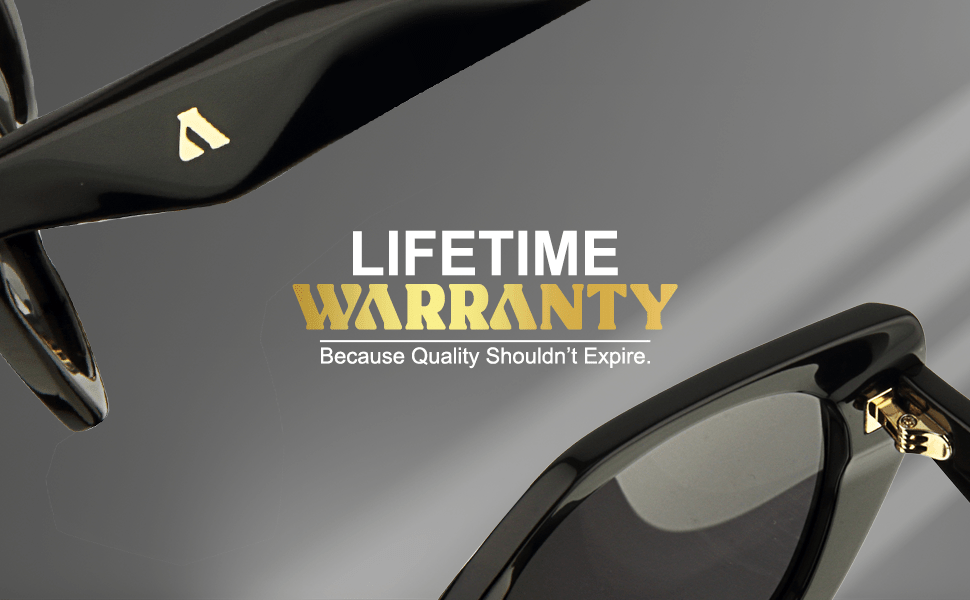When you search online for “best glasses for my face,” you’re met with neat geometry lessons. Round faces need angles, heart faces avoid cat-eyes, square faces soften the jaw, and so on.
Those charts once served as catalogues for brands that offered a handful of silhouettes in a single plastic package. Modern materials, precision machining, and adjustable fittings give you far more freedom. Below are four practical tips to help you choose well and one principle you should never ignore.
Tip 1: For Round Faces, Use Shape and Height to Add Length
People often say round faces need sharp rectangles. But what really helps is where the frame sits on your nose and how the lenses are shaped.
You can try an oval or a balanced panto that sits a few millimetres higher on the nose. This elongates the face naturally, often more gracefully than a severe rectangle. Look for subtle lift at the brow line and smooth curves on the inside edge because they draw the eye upward and slim the face gently.
Tip 2: Cat-Eyes Can Work for Heart-Shaped Faces
Vintage advice warned that upswept corners widen an already broad forehead. But modern cat-eyes are narrower and shallower than their 1950s cousins, pulling focus to the pupil line rather than the hairline.
As long as the outer corners stay within your cheekbone width, cat-eyes can actually balance your face, and not exaggerate it. You can choose softer or muted palettes, such as olive or translucent champagne, and dial the lift back even further if you prefer understatement.
Tip 3: Square Faces Look Great in Frames with Clean Angles
Too many right angles, we’re told, create visual bulk. But it’s really about how the angles are done. Swap chunky rims for a slim metal edge, crystal-clear acetate, or gently chamfered corners, and the geometry feels sculpted, not blocky.
Just make sure the width of the frame is a little narrower than your widest point, and pick a bridge style (like keyhole or saddle) that softens straight lines. That way, the frame highlights your jaw without making it look too boxy.
Tip 4: For Oval Faces, Proportion is What Matters The Most
People with oval faces are often told they can wear any frame. But even balanced faces can drown in ill-proportioned frames. Oversized fronts that sag onto the cheeks or temples that overshoot the ears upset the symmetry that ovals are praised for.
Your eyes should sit near the centre of each lens, and the arms should bend just at the ears. Respect those anchors and you can experiment freely with bold lens shapes, gradient colour fades, or mixed-material bridges.
Tip 5: Let the Frame Elevate Your Features, Not Hide Them
The best frames don’t cover or compete with your features, they support them.
Choose designs that draw focus to your eyes, follow the line of your eyebrows, or bring definition to softer areas. Instead of asking “What does this shape say about my face?”, ask “Does this shape highlight my face the way I want it to?”
The Tip You Should Never Skip
You can play with style, but if the frame doesn’t fit properly, it won’t look or feel right. Always check three things:
-
Your eyes must sit at the optical centre of the lens to keep vision distortion-free.
-
The nose bridge should distribute weight evenly so that you’re comfortable wearing it.
-
Temples must follow the natural curve of the skull so that the frame stays level without clamping.
Nail those millimetres and nearly any silhouette you love will feel effortless and look intentional. Miss them, and even a textbook “perfect” match will slip, blur, or leave red marks.
What Augussto Believes
At Augussto, we don’t believe in one-size-fits-all. We believe in frames that fit you.
Every frame begins with renewable cellulose acetate. We use laser-guided tools to cut pieces to half-millimetre precision, and German rivet hinges to hold alignment over time. Each frame is hand-polished so it feels smooth against your skin.
More importantly, we focus on how it sits on your face. We adjust the bridge. We check lens alignment. We make sure the temples follow your natural curve because a frame should work with your face, never against it.
The Bottom Line
Face-shape charts are useful conversation starters, but they’re not verdicts. Ignore the five outdated rules above, respect the non-negotiable science of fit, and you’ll discover frames that express personality instead of boxing it in.
Explore the current Augussto collection, measure once, adjust twice, and prove that confidence always outshines geometry.







